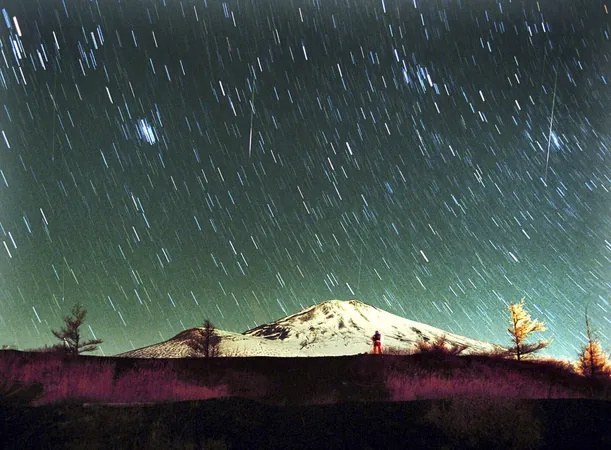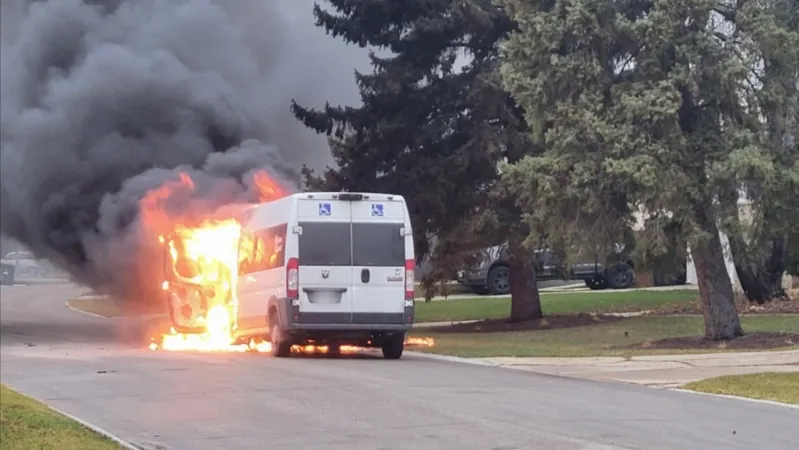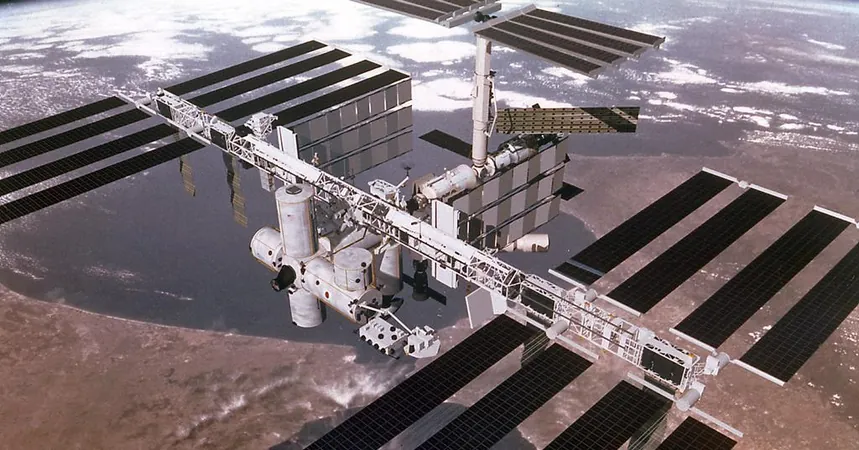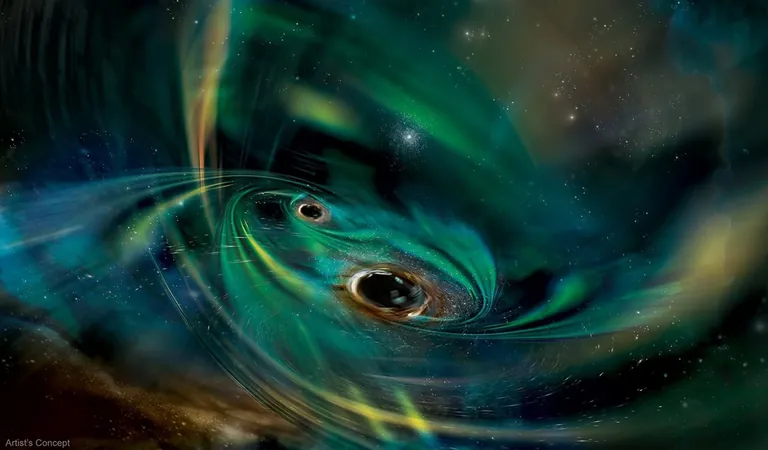
Witness the Leonid Meteor Shower as the Supermoon Fades: A Celestial Spectacle Awaits!
2024-11-14
Author: William
Witness the Leonid Meteor Shower as the Supermoon Fades: A Celestial Spectacle Awaits!
This weekend, stargazers will be treated to a unique celestial event as the Leonid meteor shower peaks while a supermoon gradually wanes. Though the moon will still be nearly full, its brightness could obscure most meteors, leaving only the brightest ones visible to the naked eye.
The Leonid meteor shower, famous for its high-speed meteors, boasts rock fragments that travel at speeds of up to 44 miles per second (70 kilometers per second). These meteors originate from the debris left by Comet Tempel-Tuttle, and when they collide with Earth's atmosphere, the intense friction causes them to ignite, creating the stunning trails we see as shooting stars.
This year, viewing conditions are less than ideal due to the moon being 98% full during the peak activity on Sunday. Shyam Balaji from King's College London suggests that early morning hours could offer the best chance to catch more meteors, as the moon will be lower in the sky at that time. Under ideal conditions, viewers might see around 15 meteors per hour.
The Leonids will continue to grace the night sky until December 2, making this a wonderful opportunity for astronomy enthusiasts and casual observers alike. For the best viewing experience, head to areas away from city lights and ensure the skies are clear of clouds. Remember, it's easier to spot meteors if you're not distracted by your phone!
Curious about other meteor showers? The Geminid meteor shower, renowned for being one of the most spectacular, will peak in mid-December, making it another event to mark on your calendar.
So grab your blankets, find a dark spot, and prepare to be amazed by the wonders of the universe. Happy stargazing!









 Brasil (PT)
Brasil (PT)
 Canada (EN)
Canada (EN)
 Chile (ES)
Chile (ES)
 España (ES)
España (ES)
 France (FR)
France (FR)
 Hong Kong (EN)
Hong Kong (EN)
 Italia (IT)
Italia (IT)
 日本 (JA)
日本 (JA)
 Magyarország (HU)
Magyarország (HU)
 Norge (NO)
Norge (NO)
 Polska (PL)
Polska (PL)
 Schweiz (DE)
Schweiz (DE)
 Singapore (EN)
Singapore (EN)
 Sverige (SV)
Sverige (SV)
 Suomi (FI)
Suomi (FI)
 Türkiye (TR)
Türkiye (TR)